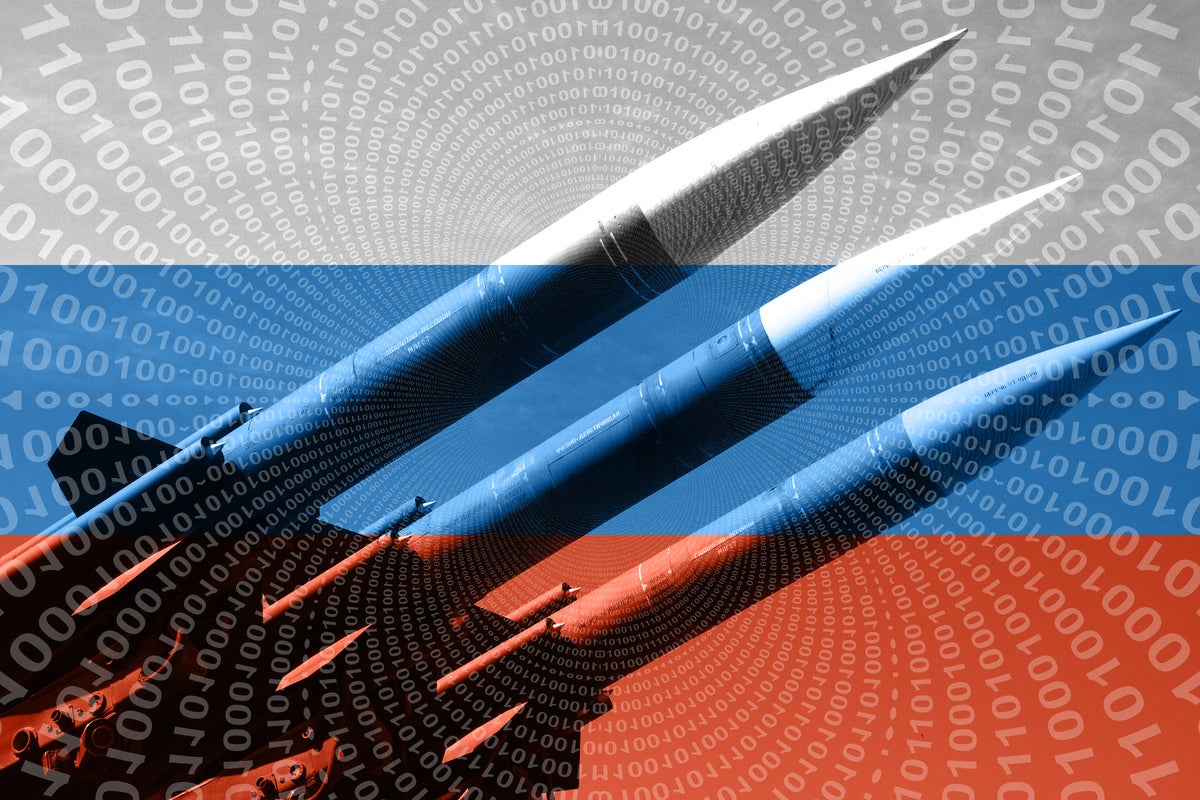Sandworm

The Russian cyber espionage group know as Sandworm team has operated since 2009. This group consists of Russian pro-hacktivists. This team mainly targets Ukrainian organizations that are associated with energy, industrial control systems, SCADA, government, and media. This team is responsible for the Decemeber 2015 attack on the Ukrainian power sector.
To achieve this attack, the Sandworm team used Blackenergy malware, not that original DDoS type. This version of Blackenergy was advanced and includes several plugins. These plugins include Bypass User Account Control, Credential harvesting, Data destruction, and more.
The Sandworm team is a perfect example of the new era of nation-state digital warfare. Not only does the world need to worry about physical warfare but also digital attacks. We now enter a world where cyber attacks can caused physical damage like Stuxnet.
More information on Sandworm can be found on the Mitre ATT&CK group section and on CSO.

